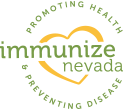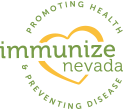Vaccine Preventable Diseases
It’s difficult for many of us to imagine the devastating diseases vaccines protect us from contracting. Although we rarely see some of the diseases like polio in the United States, recent outbreaks of pertussis, measles, and mumps remind us of the importance of immunizing children, teens and adults. Below you will find information about each vaccine-preventable disease, the vaccine that protects you, symptoms, and a picture of each disease.
Chicken Pox (Varicella)
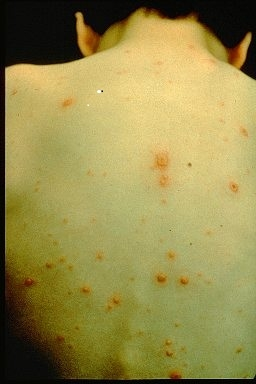 What is it?
What is it?
A highly contagious disease caused by a virus; presents as an itchy skin rash.
Symptoms
Children: A rash is usually the first sign in children; appears as red-raised spots that turn into itchy, fluid-filled blisters.
Adults: May have fatigues and fever 1-2 days before the rash.
How does it spread?
By direct contact with fluid from the blisters or through the air when someone with chickenpox coughs or sneezes.
Vaccine
Varicella vaccine or MMRV (Measles, Mumps, Rubella and Varicella)
Diphtheria
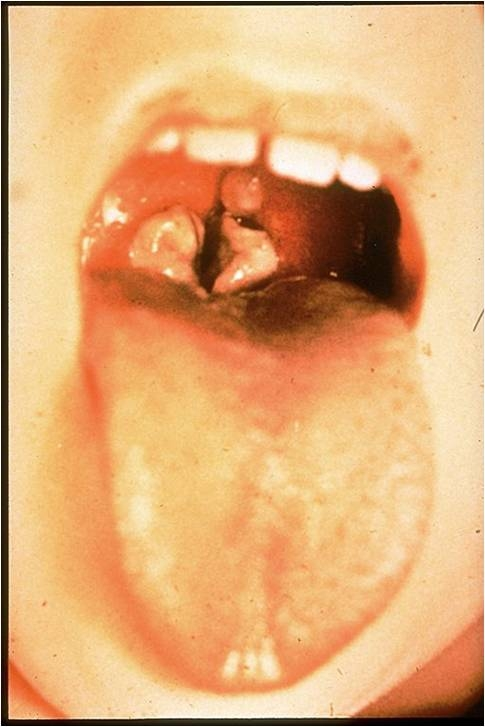
What is it?
A bacterial disease that affect the tonsils, throat, nose and sometimes skin.
Symptoms
Can include sore throat, low-grade fever and enlarged lymph nodes located in the neck. Also can make it difficult to swallow and breathe. Skin lesions may be painful, swollen and reddened.
How does it spread?
Through close contact with the discharge from an infected person's eyes, nose, throat or skin.
Vaccine
DTap, Td, Tdap
Flu (Influenza)
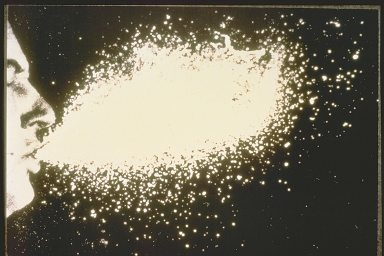 What is it?
What is it?
A respiratory disease that attacks the nose, throat, and lungs. It can cause mild to severe illness and at times can lead to death.
Symptoms
Influenza symptoms come on quickly in the form of fever, dry cough, sore throat, headache, extreme tiredness, stuffed-up nose, and body aches. These symptoms can be severe and put you in bed for several days.
How does it spread?
Through the sneezing or coughing of an infected person; experts also think you can get the flu by touching n surface that has flu germs on it and then touching your mouth or nose.
Vaccine
Influenza (Flu Shot)
Hepatitis A
 What is it?
What is it?
A virus that attacks the liver.
Symptoms
May range from mild to severe and can include an abrupt onset of fever, fatigue, poor appetite, nausea, stomach pain, dark-colored urine and jaundice (a yellowing of the skin and whites of the eyes).
How does it spread?
By putting something in the mouth that has been contaminated with the stool of a person with hepatitis A.
Vaccine
Hep A
Hepatitis B
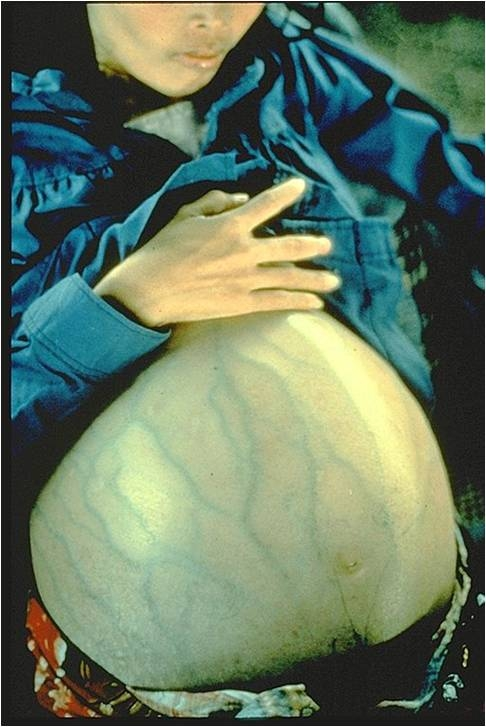 What is it?
What is it?
A virus that attacks the liver.
Symptoms
Many people have no symptoms. Early symptoms are mild fever, headache, muscle aches, fatigue, loss of appetite, nausea, vomiting and diarrhea. Later symptoms may include dark coffee-colored, rather than dark yellow, urine, clay-colored stools, abdominal pain, and yellowing of the skin and whites of the eyes (jaundice).
How does it spread?
Direct contact with blood or other body fluids of infected people; can be spread from a pregnant woman to her baby during childbirth.
Vaccine
Hep B
Haemophilus influenzae type b (Hib)
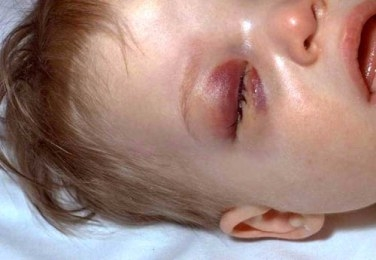 What is it?
What is it?
A bacteria that is found in the nose and throat of children and adults that could lead to brain damage or death
Symptoms
Causes a variety of illnesses including meningitis (inflammation of the coverings of the spinal column and brain), bacteremia (infection of the blood), pneumonia (infection of the lungs), and septic arthritis (infection of the joints). Some people can carry the bacteria in their bodies but do not become sick.
How does it spread?
Through the sneezing or coughing of an infected person.
Vaccine
Hib
Human Papillomavirus (HPV)
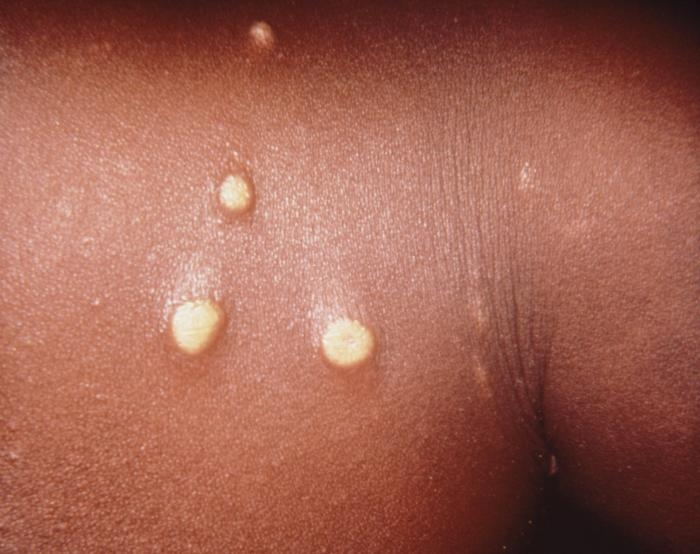 What is it?
What is it?
A common virus that infects the skin, particularly the genital area. It is the most common sexually transmitted disease in the US and can cause cervical cancer in women, as well as oral, anal, and other cancers in men and women.
Symptoms
Most of the time there are no symptoms and most HPV infections go away on their own. Some HPV types (the high risk ones) will cause an ongoing (chronic) infection. Chronic HPV infection can lead to cancer. HPV can also cause genital warts, which can be uncomfortable and irritating and can reoccur. Sometimes genital warts spread to a baby during birth and infect the baby’s lungs and airway.
How does it spread?
There are over 100 types of human papillomaviruses, and about 40 of them are spread through sexual contact.
Vaccine
HPV9
Measles
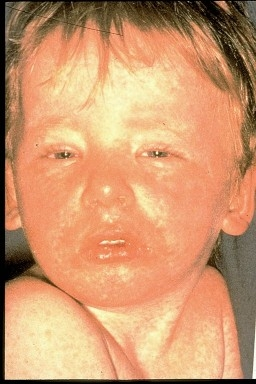 What is it?
What is it?
A virus also called rubeola. It can lead to hearing loss, breathing problems, pneumonia, brain damage and death.
Symptoms
Fever, runny nose, cough, loss of appetite, watery/mattering eyes, and a rash. The rash usually lasts 5-6 days and begins at the hairline, moves to the face and upper neck, and proceeds down the body. It generally takes 8-12 days from exposure to the first symptom, which is usually fever. The measles rash usually appears 2-3 days after the fever begins.
How does it spread?
Through the air by infectious droplets and is highly contagious.
Vaccine
MMR, MMRV
Meningococcal
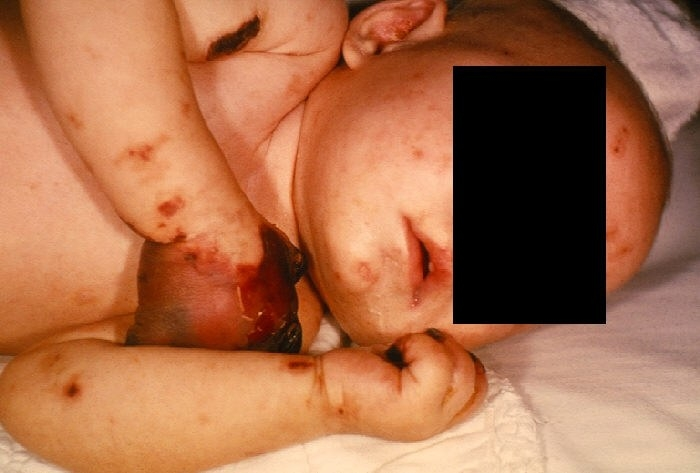 What is it?
What is it?
It can include a variety of serious clinical illnesses, including meningitis (infection of the lining of the spinal cord), bacteremia (bacteria in the blood), and rarely, pneumonia (infection of the lungs). Children and young adults are most often affected by this disease. It can cause severe illness and death.
Symptoms
Meningitis - fever, vomiting, headache, stiff neck, extreme sleepiness, confusion and irritability, lack of appetite; sometimes a rash or seizures.
How does it spread?
Through secretions of the nose and throat (e.g., coughing, sneezing); more common in household, child care settings. Of the people who carry the bacteria in the nose and throat, only a very few will develop disease. However, people who carry the bacteria can sometimes carry it to others who will in turn become sick.
Vaccine
MCV4 (MenACWY), MPSV, MenB
Mumps
 What is it?
What is it?
A very contagious infection of one or more of the salivary glands. These glands are located on either side of the face, below the ears. In some cases, it can lead to hearing loss, swelling of the brain and spinal cord, and brain damage.
Symptoms
Severe swelling and soreness of the cheeks and jaw. It usually starts with neck or ear pain, loss of appetite, tiredness, headache, and low fever. About a third of persons infected have no symptoms.
How does it spread?
Through direct contact with saliva and discharges from the nose and throat of infected persons. Mumps can be spread by coughing, sneezing, or even talking.
Vaccine
MMR, MMRV
Pertussis (Whooping Cough)
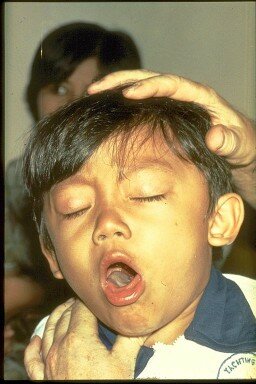 What is it?
What is it?
A disease that affects the lungs. Causes long spells of coughing that make it hard for a child to eat, drink and breathe. It can lead to pneumonia, seizures and death.
Symptoms
The first symptoms of whooping cough are similar to those of a common cold: runny nose, sneezing, mild cough and low-grade fever. After about 1 to 2 weeks, the dry, irritating cough evolves into coughing spells which can last for more than a minute where the child may turn red or purple.
How does it spread?
Through the air by infectious droplets such as sneezing or coughing; highly contagious.
Vaccine
DTaP, Tdap
Polio
 What is it?
What is it?
A virus that lives in the intestinal tract and sometimes in the throat; can cause lifelong paralysis and deformity.
Symptoms
Fever, fatigue, headache, vomiting, stiffness in the neck, and pain in the limbs. Up to 95 percent of all persons infected with polio will have no symptoms.
How does it spread?
Through contact with the stool of an infected person (for instance, by changing diapers). Poliovirus must be swallowed to cause infection.
Vaccine
IPV
Rubella (German Measles)
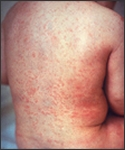 What is it?
What is it?
A virus that causes fever and rash on the face and neck. It can lead to miscarriage or birth defects during pregnancy.
Symptoms
Rash, low-grade fever, cough, and swollen glands behind the ears and in the neck. The rash generally appears first on the face and moves from head to foot. Up to half of all persons infected with rubella do not have symptoms.
How does it spread?
When an infected person coughs or sneezes near you, or by touching infected fluid and then touching your eyes, nose, or mouth.
Vaccine
MMR, MMRV
Tetanus (Lockjaw)
 What is it?
What is it?
A disease caused by bacteria that affects the body's muscles and nerves; causes severe muscle spasms, breathing and heart problems, and may lead to death.
Symptoms
Muscle spasms in the jaw, difficulty swallowing, and stiffness or pain in the muscles of the neck, shoulders, or back. The spasms can spread to the muscles of the abdomen, upper arms, and thighs.
How does it spread?
Cannot be spread from person to person. The only way to get tetanus is from a skin wound that becomes contaminated by the tetanus bacteria, which is often found in soil.
Vaccine
DTaP, Td, Tdap
Photos provided by the CDC. For more information visit http://phil.cdc.gov/phil/home.asp.
